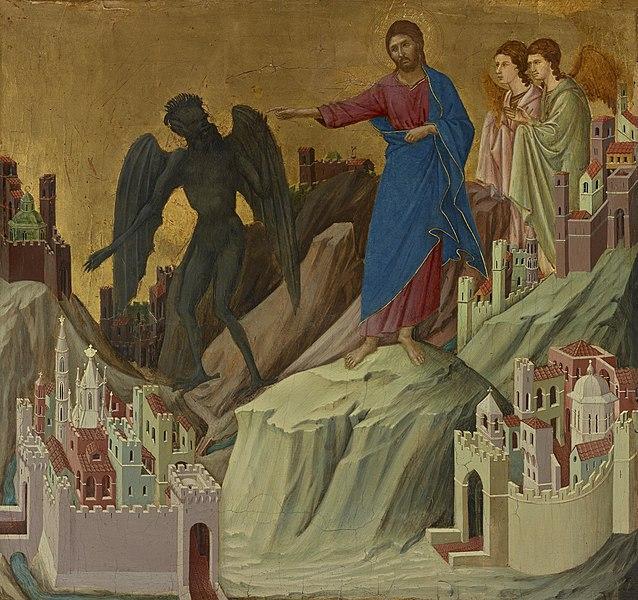Medieval Europe c. 1100 - 1450

From the twelfth to the fifteenth centuries, medieval Europe underwent profound and fundamental changes, from the highest to the lowest. Population levels grew very swiftly across the twelfth and thirteenth centuries, often to levels not again reached until the seventeenth or eighteenth centuries; only to come tumbling down in a series of fourteenth-century demographic shocks (the Black Death being the most famous). Ancient cities expanded and new towns sprang up, dependent partly on trading links which extended all the way to north Africa and China; towns provided a basis for more elaborated forms of culture, intellectual life, law and non-elite politics. Across various kingdoms royal power was extended and consolidated, developing and incorporating more elaborated and ‘bureaucratic’ mechanisms of control, laying the foundation for some future ‘nation states’, whilst still always retaining strongly charismatic and intrapersonal elements. The papacy extended its theoretical and practical authority, reaching an apogee in the thirteenth century, before plunging into a series of crises and conflicts thereafter.
Image: Painting by Duccio di Buuoninsegna, titled Temptation on the Mount (1308-1311).
